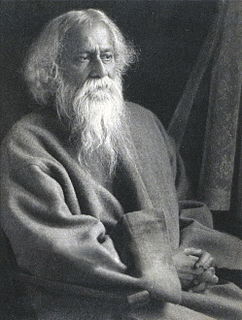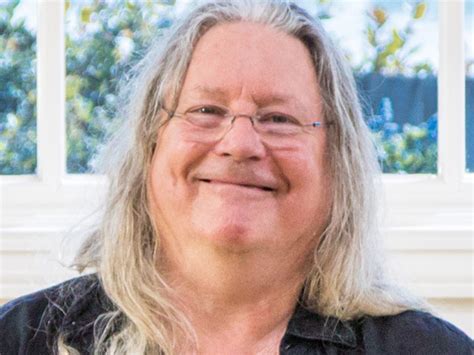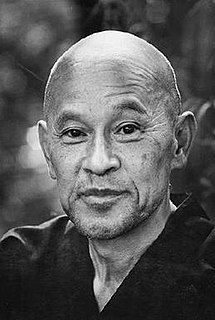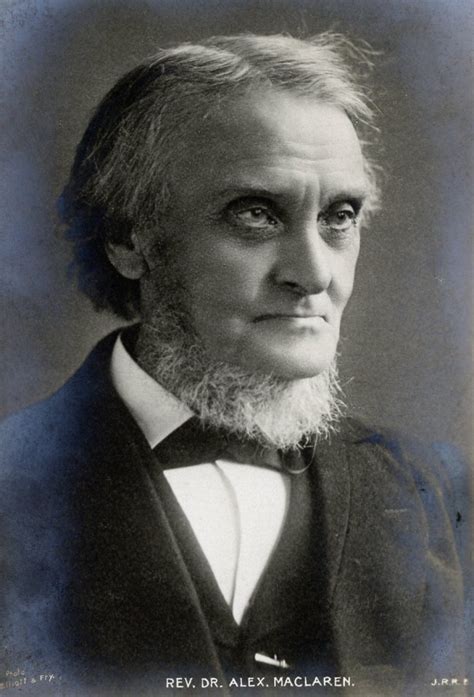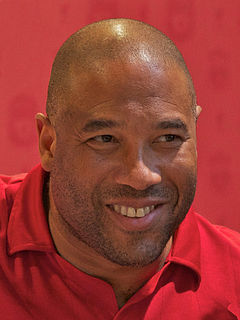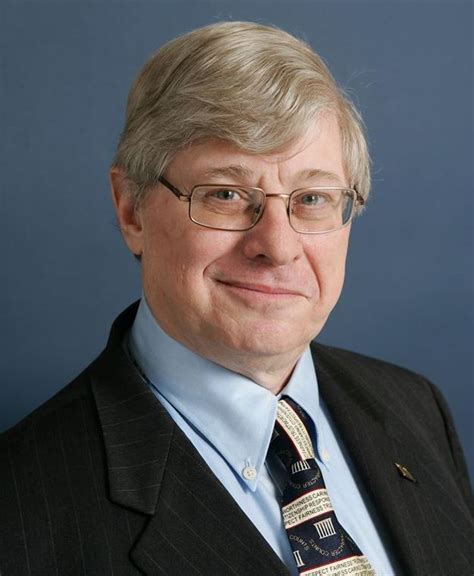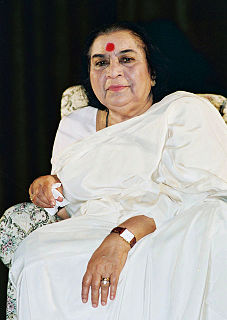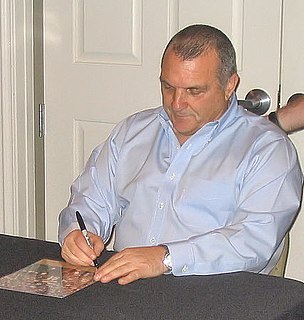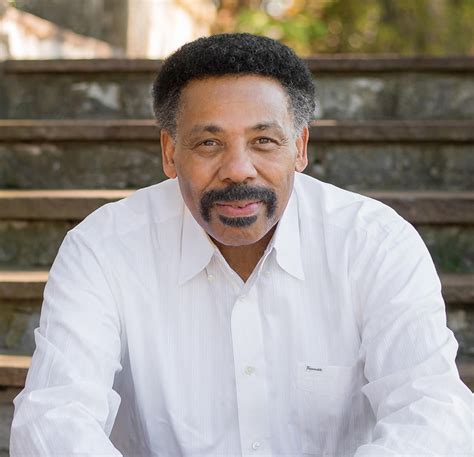A Quote by Linji Yixuan
If you try to grasp Zen in movement, it goes into stillness. If you try to grasp Zen in stillness, it goes into movement. It is like a fish hidden in a spring, drumming up waves and dancing independently.
Related Quotes
There is a point where in the mystery of existence contradictions meet; where movement is not all movement and stillness is not all stillness; where the idea and the form, the within and the without, are united; where infinite becomes finite, yet not losing its infinity. If this meeting is dissolved, then things become unreal.
Stillness is not the absence or negation of energy, life, or movement. Stillness is dynamic. It is unconflicted movement, life in harmony with itself, skill in action. It can be experienced whenever there is total, uninhibited, unconflicted participation in the moment you are in—when you are wholeheartedly present with whatever you are doing.
I feel that I need to return to the pure stillness periodically. And then, when the teaching happens, just allow it to arise out of the stillness. So the teaching and stillness are very closely connected. The teaching arises out of the stillness. But when I'm alone, there's only the stillness, and that is my favorite place.
Zen is really extraordinarily simple as long as one doesn't try to be cute about it or beat around the bush! Zen is simply the sensation and the clear understanding ... that there is behind the multiplicity of events and creatures in this universe simply one energy -- and it appears as you, and everything is it. The practice of Zen is to understand that one energy so as to "feel it in your bones.


